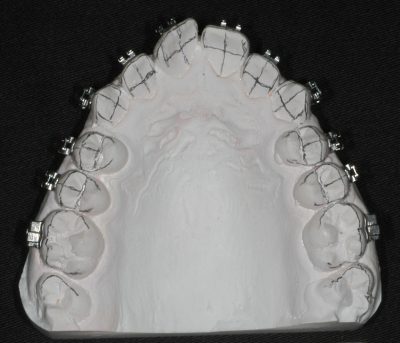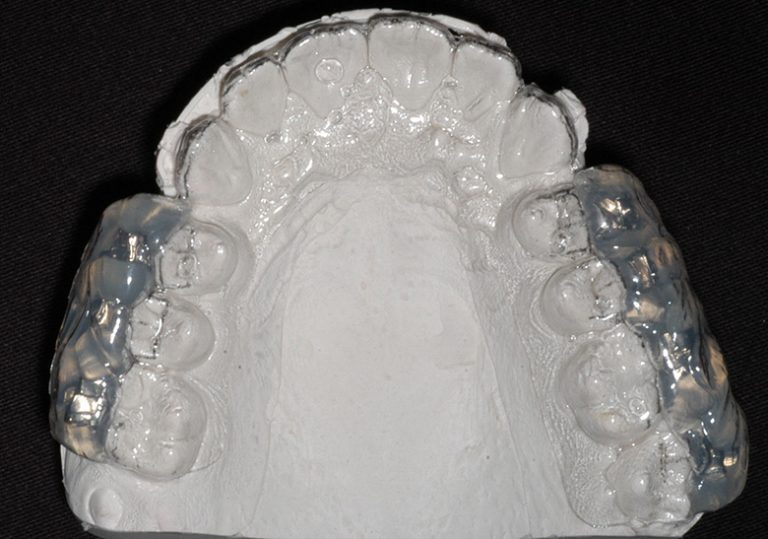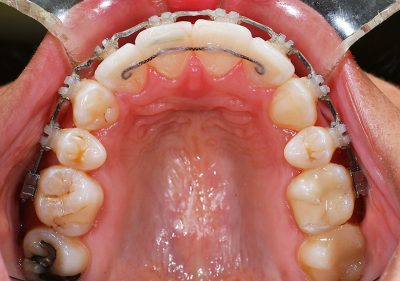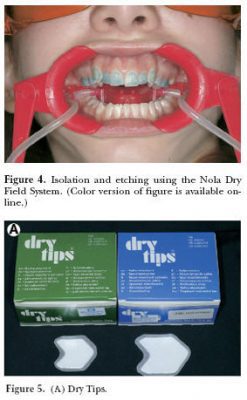Master the Indirect Bonding Technique
Achieving a perfect smile is an art and science, intricately balanced by the latest advancements in orthodontic care. Dr. Duncan W. Higgins steps into the future with refined precision in orthodontic treatments, utilizing the revolutionary indirect bonding technique. This approach ensures accuracy and enhances patient comfort throughout the treatment journey.
Indirect Bonding
Indirect Bonding Video
Indirect Bonding Lab Video (Applying Template Clear Silicone to Model)

Precision bracket placement on the patient’s model.
The more scribe lines, the easier to get precision bracket placement.

Template Clear/ 0.5mm Splint Biocryl Tray


Valo Light From Opal. 3200 mW
(Two Passes of 3 seconds Per Tooth)
Dr. Duncan W. Higgins is now using Opal Etch and Opal Seal for indirect bonding. We do not air thin the Opal Seal as it is not cured before we place the tray. We still use 3M Unitek Transbond XT Light Cure Adhesive for the custom base.
Transbond Supreme LV Low Viscosity Light Cure Adhesive (“Filtek” in the article below) is spread as thinly as possible on the custom base before placing the tray in the mouth over the uncured Opal Seal.
When positioning the brackets on the models, the flowable resin fills in the gaps due to voids in the custom bases. We also use Transbond LV for the pads and adhesive for indirect bonded lingual retainers.
Dr. Duncan W. Higgins does not use self-etching primers due to the experience of higher bracket bond failures and the increased chance of decalcification.

Partial Tray

The following is from an unpublished master’s thesis.
- In-Vitro Comparison of Three Indirect Bonding Adhesive Systems
- Dr. M. Miller, Dr. T. Foley, Dr. A. Rizkalla, Dr. D. Banting
- Division of Graduate Orthodontics, Schulich School of Medicine & Dentistry, The University of Western Ontario, London, Canada
Taken from Summary and Conclusions:
“Based on the data obtained in this in-vitro study, it thus appears that the modified Higgins indirect bonding system is superior to the auto-cure (A-B) system and the Thermacure system. The modified Higgins indirect bonding system yielded SPBS (Shear-peel bond strength) values comparable to directly bonded brackets, without any apparent increased risk of enamel damage at debonding.”
In another unpublished study by a major orthodontic manufacturer, five indirect bonding tray designs were tested for bracket transfer error. The author’s tray design was the most accurate of the five. The trays without a hard-occlusal stop caused the brackets to be bonded approximately 0.25 mm more gingivally than intended. The trays tested were:
- PVS Over Brackets & Occlusal Surface, 1.5 mm Polycarbonate Outer Shell
- Emiluma PVS Bead Over Brackets, Memosil 2 PVS Outer Shell
- Affinity Crystal PVS Bead Over Brackets, 0.5 mm Biocryl Outer Shell (Author’s Tray Design)
- 1.5 mm Bioplast Inner Shell, 0.75 mm Biocryl Outer Shell
- Affinity Crystal PVS Bead Over Brackets, 0.75 mm Biocryl Outer Shell





Lingual Retainer on Model & in Transfer Tray

Full coverage Essix retainers are made for all patients to be worn at night, even if they have bonded lingual retainers. This is to retain posterior teeth and closed extraction sites. If a bond fails on a fixed lingual retainer (and they do), the Essix retainer is worn full-time to maintain tooth positions until a new lingual retainer is bonded indirectly. We always use upper and lower Essix to have plastic against plastic instead of a tooth, which wears too quickly.
The March 2007 issue of “Seminars in Orthodontics” features indirect bonding and includes an article written by this author. The following is copied from that article.
Indirect Bonding with a Light-Cured Adhesive and a Hybrid Transfer Tray

Figure 1A: Affinity Crystal Clear vinyl polysiloxane (VPS).

Figure 1B: Application of VPS over brackets.

Figure 1C: A model with VPS.

Figure 2: Micro-etching of the custom bases.

Figure 3: Completed tray.






Dr. Michael Wainwright taught me indirect bonding in 1981. In the early 1990’s I began using light-cured adhesives with the custom base technique, especially Ormco’s Fluorobond lightly filled sealant. It worked so well it led to me giving many lectures. I also began using dentin bonding agents with hydrophilic monomers in an attempt to decrease bond failures in high moisture situations. Following is bond strength results from the work I did with Ormco and Kerr.


